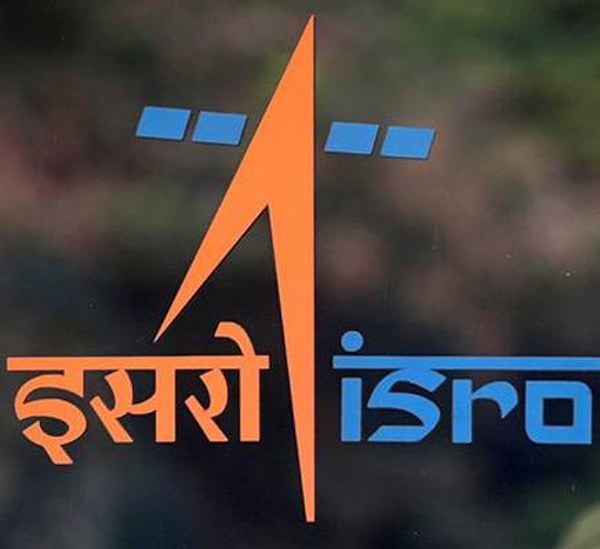The Indian Space Research Organisation (ISRO) has got back on track after the impact of the pandemic. The state-run space agency is gearing up for two upcoming launches, one in August and another in September.
According to the Satish Dhawan Space Centre (SDSC) website, the GSLV launch is scheduled for August and PSLV is scheduled for September. However, the dates have not been specified as yet.
The GSLV rocket would be carrying India’s GISAT-1, an earth observation satellite that is meant to be placed in Geostationary orbit (36,000 kms from earth). This orbit is typically meant for communication satellites that have to cover a large swathe of land.
A satellite in geostationary orbit would be in sync with the rotation cycle of the earth (24 hours) and it would appear to be stationary when seen from the earth, thus giving it the name. It is said that three aptly positioned Geostationary satellites can cover pretty much the all of Earth.
According to ISRO, GISAT-1 is meant to provide near real-time imaging of large region of interest at frequent intervals, quick monitoring of natural disasters, episodic events and also obtain spectral signatures for agriculture, forestry, mineralogy, disaster warning, cloud properties, snow, glaciers and oceanography.
Asked over report of a news agency regarding the GISAT-1 launch being scheduled for 5:43 am on August 12, Dr Sivan told WION that August 12 was more of an internal deadline and not an official launch date. He also added that activities for the launch have started and are underway.
The PSLV rocket, which is scheduled for September launch, is expected to carry a satellite dubbed as EOS-4 or Earth Observation Satellite 4.
The GSLV and PSLV launches would be India’s second and third launched for the year, respectively. It was in February that a PSLV, on a commercial flight, launched Amazonia-1, a Brazilian Earth Observation Satellite and 18 smaller satellites.
During the downtime owing to pandemic lockdowns across India, ISRO had been contributing to the nation’s COVID-19 fight. ISRO had ramped up manufacturing of liquid oxygen (cryogenic rocket fuel) to support hospitals.
ISRO centers also had repurposed their gas storage tanks to store liquid oxygen, thus using them as large depots to support the medical requirements. The organisation had also developed various models of indigenous, low-cost medical ventilators. These models were then handed over to Indian industry for mass manufacture.
ISRO is also working on conducting human-rating tests on its heavy lifter rocket, the GSLV Mk 3. Repeated tests of the rocket’s various engines, which are solid fueled, liquid fueled and cryogenic, are being done to ensure that the rocket, which ferries satellites can be reliable enough to carry Indian astronauts to low Earth orbit. Gaganyaan or Human Spaceflight programme is India’s most ambitious mission yet.
Source: WION
You may also like
-
New Heat-Based Approach To Cancer Treatment Can Reduce Chemotherapy Doses
-
Scientists Take A Major Step Towards Unification Of Classical & Quantum Gravity
-
India Graphene Engineering and Innovation Centre (IGEIC) Under the Vision of Viksit Bharat@2047 Launched
-
New High-Performance Gas Sensor can Monitor Low Level Nitrogen Oxides Pollution
-
Antidepressant Drug can be Repurposed for Treating Breast Cancer
